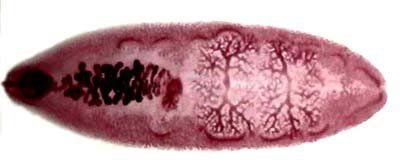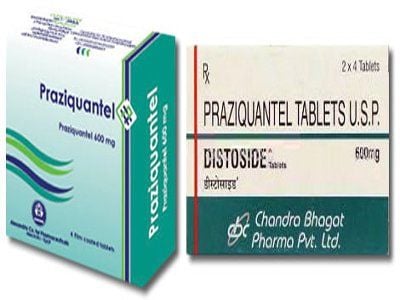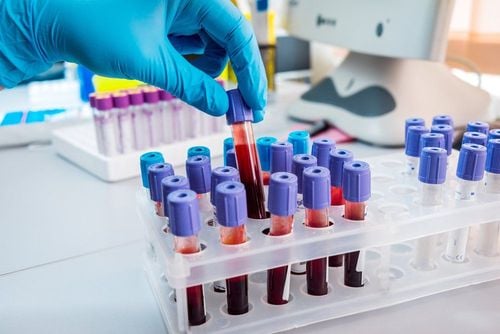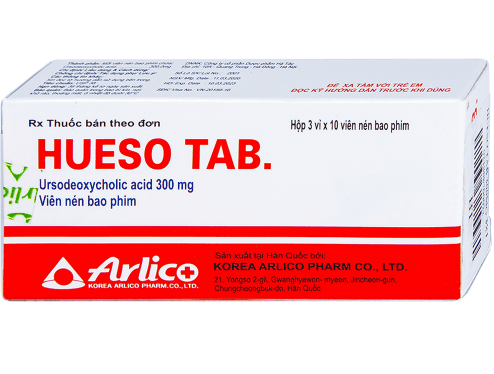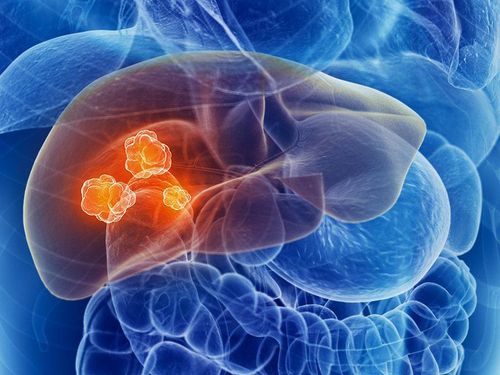This is an automatically translated article.
Although human liver fluke disease is easy to get, it can be prevented if food hygiene is ensured and waste sources are well handled.
1. Characteristics of the liver fluke
Human fascioliasis includes fascioliasis and fascioliasis. The causative agents of fascioliasis are Clonorchis sinensis, Opisthorchis viverrini and Opisthorchis felineus. The causative agents of fascioliasis are Fasciola hepatica and Fasciola gigantica. Morphologically, both large and small liver flukes have leaf-shaped, flattened bodies, large liver flukes are much larger in size than small liver flukes. The body of the fluke is hermaphroditic, so the fluke has both testes and ovaries.
Characteristics of liver fluke is that to develop into larvae, it must have an aquatic environment, eggs will be damaged and cannot develop if on land. Because of the thin shell, if the sunlight temperature is above 70 degrees, the eggs will be damaged, the viability of the adult liver fluke in the outdoor environment is also very poor.
Trắc nghiệm: Làm thế nào để bảo vệ lá gan khỏe mạnh?
Làm test trắc nghiệm kiểm tra hiểu biết về gan có thể giúp bạn nhận thức rõ vai trò quan trọng của gan, từ đó có các biện pháp bảo vệ gan để phòng ngừa bệnh tật.2. Where do liver flukes live?
Small liver fluke parasitizes in bile ducts to lay eggs, eggs are excreted in feces. If the eggs fall into the water, the eggs will develop into feathery larvae. The hairy larvae that move freely in the water will seek out snails for shelter. In snails, the hairy larvae develop into tail larvae. The tail larvae then leave the snails and settle in freshwater fish. The caudal larvae develop into larval cysts in the fish's flesh. If people eat raw fish salad, uncooked fish, larvae will follow the food into the intestinal tract, penetrate the bile duct and cause small liver fluke disease.
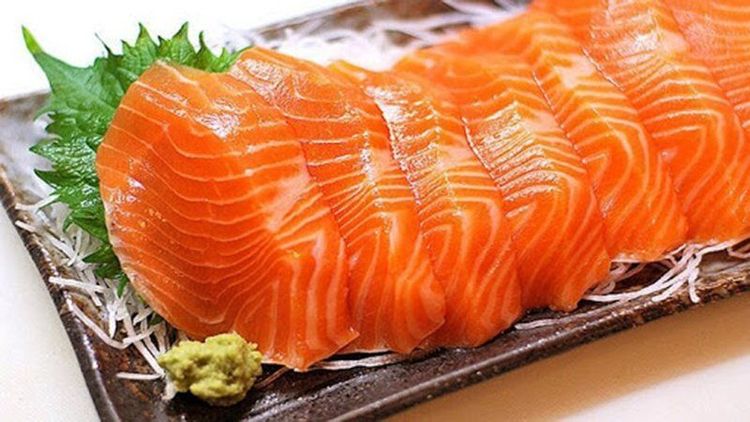
Sán lá gan xâm nhập vào cơ thể người chủ yếu theo đường thức ăn sống
For large liver flukes, after invading the liver parenchyma 2 - 3 months, the fluke will continue to invade the biliary tract, mature and lay eggs. Eggs are excreted in feces. If exposed to an aquatic environment, the fluke will develop into a hairy larva. Similar to small liver flukes, hairy larvae will parasitize snails. In snails, the hairy larvae develop into tail larvae. The tail larvae will then leave the snail and attach to aquatic plants such as watercress, cilantro, lotus root, ... to form larval cysts or swim freely in the water for about 1 hour. If humans or animals, buffaloes, cows,... eat aquatic plants carrying larval cysts or drink water containing larvae, they will be infected with large liver flukes.
Human liver fluke disease is very common in our country. Fascioliasis has been detected in 47 provinces and cities nationwide and has an increasing trend. Adult flukes can parasitic and cause disease in humans for many years, if not detected and treated, liver flukes can cause damage to the biliary epithelium, inflammation and fibrosis of the biliary tract, biliary obstruction, and cancer. cholangiocarcinoma, acute pancreatitis,...
Meanwhile, small liver flukes have been identified and distributed in at least 21 provinces and cities nationwide. Some localities such as Nam Dinh, Binh Dinh, and Phu Yen have infection rates of up to 15-37%. Small liver flukes that parasitize the liver cause serious liver damage. Because the fluke adheres to the bile duct and sucks food, for a long time the liver will have diffuse fibrosis and fatty degeneration. Toxins secreted by flukes can cause anemia, allergies.
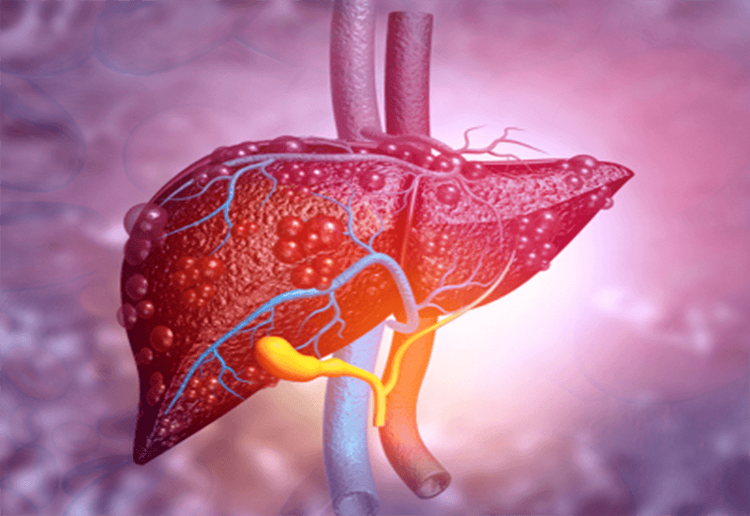
Sán lá gan kí sinh lâu năm khiến gan bị tổn thương nghiêm trọng
3. Prevention of human liver fluke disease
Liver fluke disease, although easy to get, can be prevented. To prevent fascioliasis in humans, each individual needs to ensure good food hygiene and waste disposal:
Eat cooked food and drink boiling water. Do not eat fish salad and dishes made from fish and crab if not completely cooked. Do not drink cold water, do not eat the liver of animals that have not been cooked. Limit eating raw vegetables that grow under water such as cilantro, braised vegetables, watercress, celery, lotus root, etc. The characteristic of large liver fluke is that it clings very firmly to the wall of vegetables, so even if you wash it thoroughly, Under direct running water is still difficult to remove the fluke. These aquatic vegetables need to be cooked before eating. The heat will kill the liver fluke larvae present in the vegetables and will not cause harm to health when eaten. Wash your hands often, especially before preparing food, before eating and after using the toilet. Maintain environmental hygiene, do not drop fresh feces into fish ponds, do not defecate into water sources. To prevent the disease in the community, management agencies need to strengthen communication about the harmful effects of fascioliasis in humans. Implement strict border quarantine on imported buffaloes and cows from epidemic-affected areas. If an epidemic occurs, it is necessary to localize the epidemic and bring the patient to a medical facility for treatment.
The treatment of liver fluke disease in humans at an early stage has many advantages, patients usually respond well to treatment drugs and are completely cured. The later the treatment, the more serious the organ damage in the body.
People with fascioliasis will have symptoms such as fatigue, anorexia, weight loss; erratic fever, possibly high fever, shivering fever that goes away on its own, sometimes prolonged fever; blue skin, pale mucous membranes due to anemia, abdominal pain, digestive disorders,... While the symptoms of small liver fluke patients are pain in the liver, indigestion, poor appetite, and digestive disorders. broken faeces, discolored, unformed,...), tanned, jaundiced,... Early detection and treatment have a very important role, so when having the above signs, the patient should quickly go to medical facilities for timely examination and treatment.
Customers who need medical examination and treatment at Vinmec can directly go to Vinmec Health System nationwide or register for an online appointment HERE.
MORE:
Liver fluke disease: Causes, symptoms and prevention Ways to cure Liver fluke disease after only 3 days of treatment at Vinmec Central Park International General Hospital Causes, symptoms and ways to prevent the disease Rice fluke Recommended video: Vinmec successfully treated cirrhosis with stem cell transplantation




